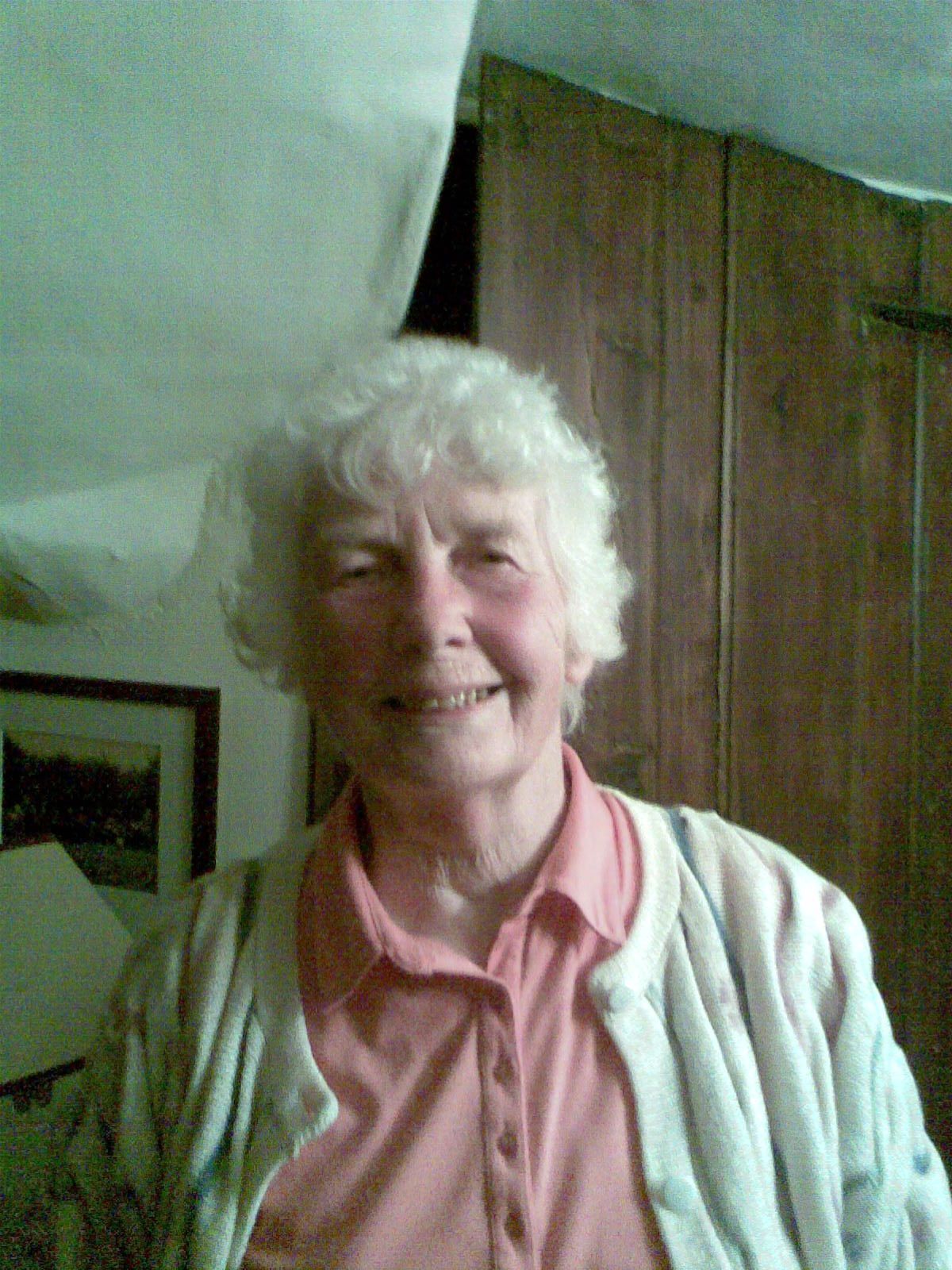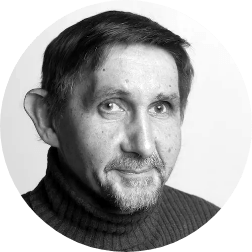“The principle of linguistic relativity holds that the structure of a language affects its speakers’ world view or cognition.”
As a therapist, I am always working at the edges of language. I have come to see this as characterised by one of the Moomintroll characters, the Ancestor. He is rarely seen but adds his own distinct contribution to life in Moominland. He is usually seen out of the corner of the eye as he scuttles about the place, doing and Being on his own terms. He is beyond language. He is experienced as a presence. A Something… Trying to define him is almost impossible but therein lies the conundrum. How does one name the unnameable? This, I think, is what we mean when we talk about the Numinous. The Wholly Other. The Ineffable. The philosopher Heschel wrote of the ineffable that “The search for reason ends at the known; on the immense expanse beyond it only the ineffable can glide. It alone knows the route to that which is remote from experience and understanding.” 
As a counsellor I seem to spend much of my time on Heschel’s vast expanse. I am constantly trying to shape and understand my patients’ material. I usually say that I listen for the “unsaid said”. This is experienced at a visceral level beyond language. I will have a sense of something being communicated beyond the words used. The struggle then is to find words for their experience. It is an inexact science! As a mother learns to hear and interpret her baby’s sounds, so a therapist engages in something similar. And as a mother teaches a child to be able to put words to its feelings, so do we as therapists. Eventually the baby learns to understand that this particular feeling means it is angry. Or anxious. Or hungry. Thus it learns to understand something of what is going on inside itself. And, thereby, to take an appropriate action. To get some food. Or to have a sleep. Or to avoid the source of its anxiety.
The problem is with words which as T.S.Eliot observed “Slip. Slide. Will not stand still”. So it is with feelings and the reality they express. Naming them can be tricky. I often use a host of different words to try and cre ate a description of what I think my patent is expressing (rather like an Impressionist painting). At the end of a session my hope is that I have pointed out the ancestor’s existence. How he and my patient get on is another part of the work. Possibly the topic of another blog.
ate a description of what I think my patent is expressing (rather like an Impressionist painting). At the end of a session my hope is that I have pointed out the ancestor’s existence. How he and my patient get on is another part of the work. Possibly the topic of another blog.
Don't give up







